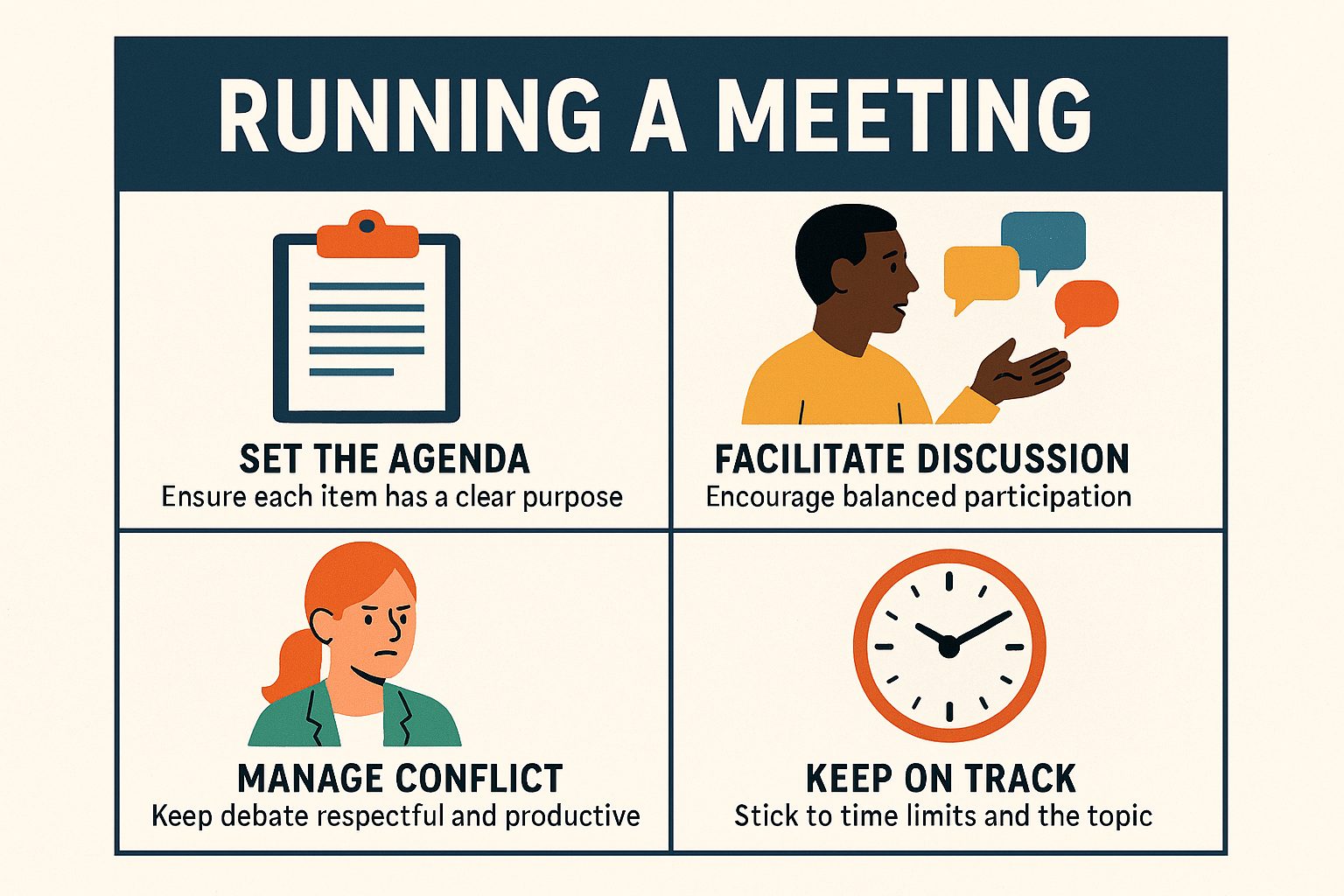Summary: Boards should have an in camera portion to every meeting where they discuss the executive director, the board itself, and very rarely anything else.
The term “in camera” is often confusing for people who come across it. While it’s easy to assume, based on the word camera, that this means an in camera meeting will mean more transparency and openness, ironically it’s the opposite. Here, camera doesn’t mean a tool for taking pictures; it is a Latin term that means chambers, as in a judge’s chambers. In practice, the term means in private. When a board of directors holds a meeting in camera, this will usually mean having no staff in the room. But why would a board hold a meeting without staff around?
There aren’t many things that should be part of a typical in camera agenda. In fact, there should almost always be only one or two specific agenda items as part of any in camera meeting: discussing the performance of the board’s staff member (the executive director or CEO) and discussing the board and its own performance. There are very few things beyond these topics that a board should ever really discuss without the executive director, as this person almost certainly has much more information than board members and has important insights. Boards should only very reluctantly make decisions without the ED in the room or even have most conversations in camera.
The main purpose of holding in camera sessions is for the board to talk about that very person who is not in the room, the executive director. This is an essential exercise for a board since they are, collectively, the boss to the ED, and bosses need to consider the ongoing performance of their direct reports. While individual board members are often thinking about how the ED is doing their job, the board must discuss this all together to ensure proper oversight of their staff member.
Making in camera sessions a regular occurrence forces the board to collectively consider their staff member without them around and provide ongoing feedback as well. Ideally, the board chair will collect any feedback, both commendations and potentially criticisms, and share this with the ED soon after the meeting, along with context. EDs can benefit greatly from some third-party perspectives on their performance as well as the confidence that stems from recognition of achievements.
Another valuable reason to make this a habit, even if there sometimes may only be limited feedback, is that the consistency of in camera meetings may help prevent some anxiety for the ED. If these sessions are not regular occurrences, then those rare times when a board calls for an in camera portion of a meeting, their executive director may have some difficulty sleeping that night as the purpose of the meeting is almost certainly to discuss them.
The second conversation a board should have in camera is about itself. Board members can offer feedback on the meeting, which is often essential to improving practices. The board may also review board evaluations or potentially address the conduct of individual board members. These conversations are essential to improving the work of the board and identifying challenges. A board that doesn’t self-reflect often has a poor culture and is usually less effective overall.
The fact is, if boards neglect these crucial conversations, they risk overlooking essential responsibilities and missing out on significant opportunities for improvement. It is imperative for your board to hold an in camera session at the end of each meeting. By focusing the discussion topics on the executive director and the board itself (except in special circumstances), you ensure that these sessions are purposeful and effective. Additionally, make sure any valuable feedback gathered during these discussions is promptly communicated to the ED or used to enhance the board’s performance. This practice not only reinforces accountability but also fosters a culture of continuous improvement and transparency within the organization.
Put an in camera session at the end of your next board agenda. Limit the discussion topics to the ED and the board, and ensure that any valuable feedback makes its way back to the ED or helps the board to improve its activities.


